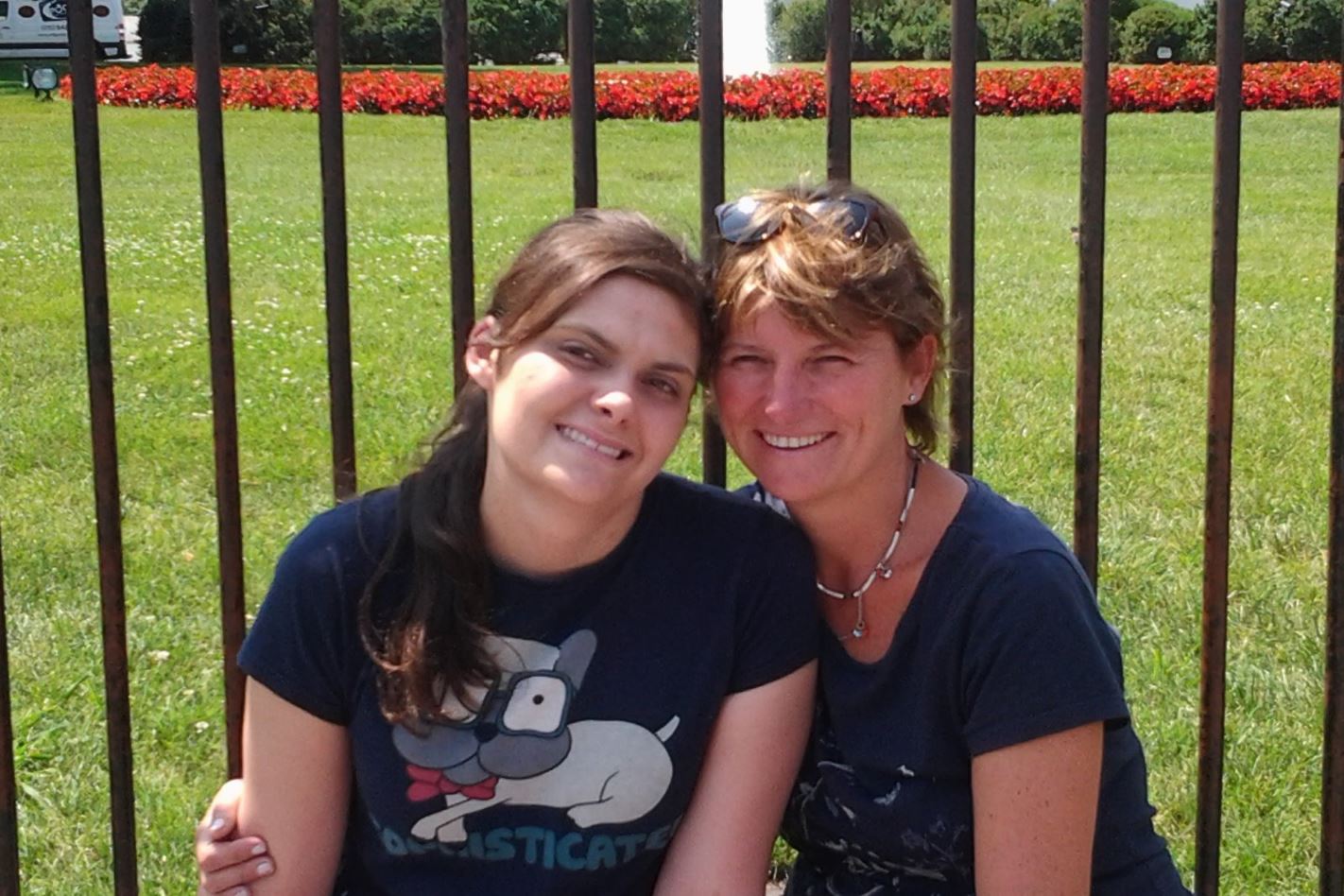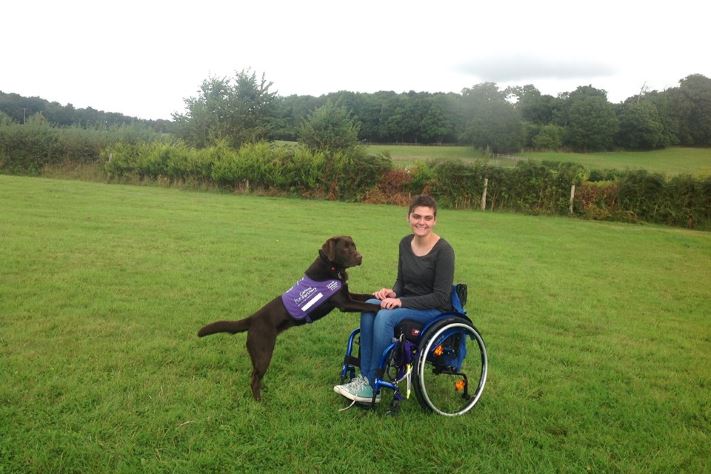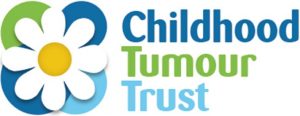22nd March 2018
A guest blog by Vanessa Martin, Founder and Trustee of the Childhood Tumour Trust. Vanessa works in the NHS and has actively campaigned to raise awareness and get better care for those with neurofibromatosis type 1 (NF1). She has 2 daughters, Nicole and Molly. Nicole has complex NF1 and is the inspiration behind Childhood Tumour Trust. Here she shares her story about Nicole’s diagnosis and the role of health visitors in early identification and support, with the launch of a “Body Map” insert page for the Personal Child Health Record book for use by HVs.

Vanessa and Nicole
The reason I am so passionate about the Body Map being in the red book is because it will undoubtedly help with early diagnosis of NF1, and possibly other conditions.
When my daughter, Nicole, was born with no obvious problems other than some birthmarks, we as parents were as relieved as we were over the moon that all seemed OK. During the first few years of life, there were no real concerns. When she started nursery I really noticed that she wasn’t interacting with the other children – she would play on her own and had no friends. She had reached the age of 3 without saying very much and what she did didn’t make sense. At her 3-year check, I mentioned this and she was sent to the local hospital for tests. I wasn’t worried, it must be just delayed speech.
Nothing prepared me for the words of the paediatrician: “Your daughter has café-au-lait birthmarks and we think she may have neurofibromatosis, she needs an urgent brain scan”.
Whilst I was busy trying to write down this neuro… name I couldn’t even pronounce, I was told “don’t google it”. As soon as I was home…. I googled it …. and my world fell apart. The pictures coming back at me were just impossible to take in, my little girl only had birthmarks – this was impossible. There was just nobody to turn to, nobody had heard of it, my Health Visitor knew nothing, my GP knew nothing, in fact nobody knew anything. All I had was the pictures I had found on the internet. I was convinced my daughter was going to die.
Things got worse at school – she didn’t fit in, she was told off for not concentrating, she couldn’t write, or even hold a knife or fork properly. She had no friends and had no idea what was being asked of her in class. She also had so many days off school due to hospital appointments. Nobody at the school had heard of NF1 or the educational problems that they can face. At age 11 her life stopped, she had a large plexiform which spread from her hip to below her knee. Morphine helped with the pain, but she had no quality of life, and as far as I could see no future. All I wanted was someone who had heard of NF1 to talk to me and reassure me that I was not the only one in the world, and help me to get the care my daughter deserved. There was no one.
As a HV, not only are you vital for the diagnosing of NF1, but a huge support for the family. Just knowing someone else has heard about the condition and knows who to signpost to (like the Childhood Tumour Trust) is one of the most reassuring things to hear as a parent.

Nicole
We are now 18 years on from diagnosis with the correct care and support. Nicole has had surgery, got an assistance dog, moved away and is studying aeronautical engineering at university – taking longer than anyone else but proving it can be done. Use of the Body Map, better training and more awareness among key health professionals (like health visitors) will mean it should not be such a struggle for others.
Vanessa
If you have an infant/child with any birthmarks or specifically ‘café-au-lait’ spots, please download the Body Map and include it in their book to assist with referral and early identification of possible Neurofibromatosis.
Find out more about the work of Vanessa and her colleagues at Childhood Tumour Trust at: www.childhoodtumourtrust.org.uk
Professor Dame Sarah Cowley commented on the body map:
“The idea of including a blank ‘body map’ page in the Red Book seems an eminently sensible suggestion. It would be invaluable for noting the number of Café-au-Lait spots, which are markers for possible Neurofibromatosis, and also for Mongolian blue spot or safeguarding purposes. Inclusion of such a page would provide a reminder to professionals to check for any marks, as well as ensuring a useful record where they are present. Professionals need to know about the implications of any marks they find, which may mean updating or additional training for some of them.”
The “Body Map” can be commissioned as a standard insert included in Personal Child Health Record books purchased by organisations. Health visitors can raise awareness and discuss the inclusion of the “Body Map” with their Professional Lead in their local organisation. Harlow Printing Ltd (producers of the books) can provide more information in relation to this. Contact: sales@harlowprinting.co.uk.



